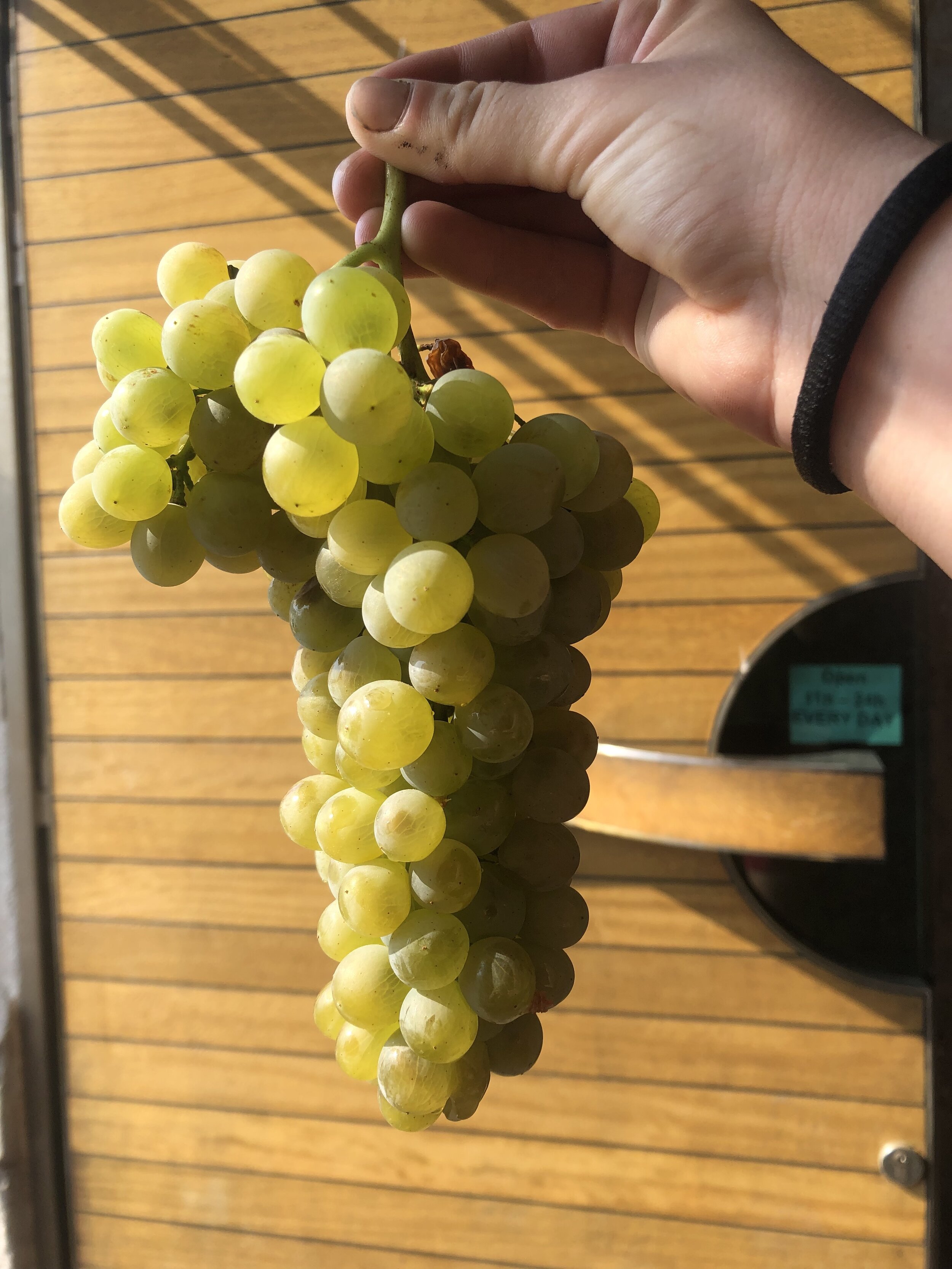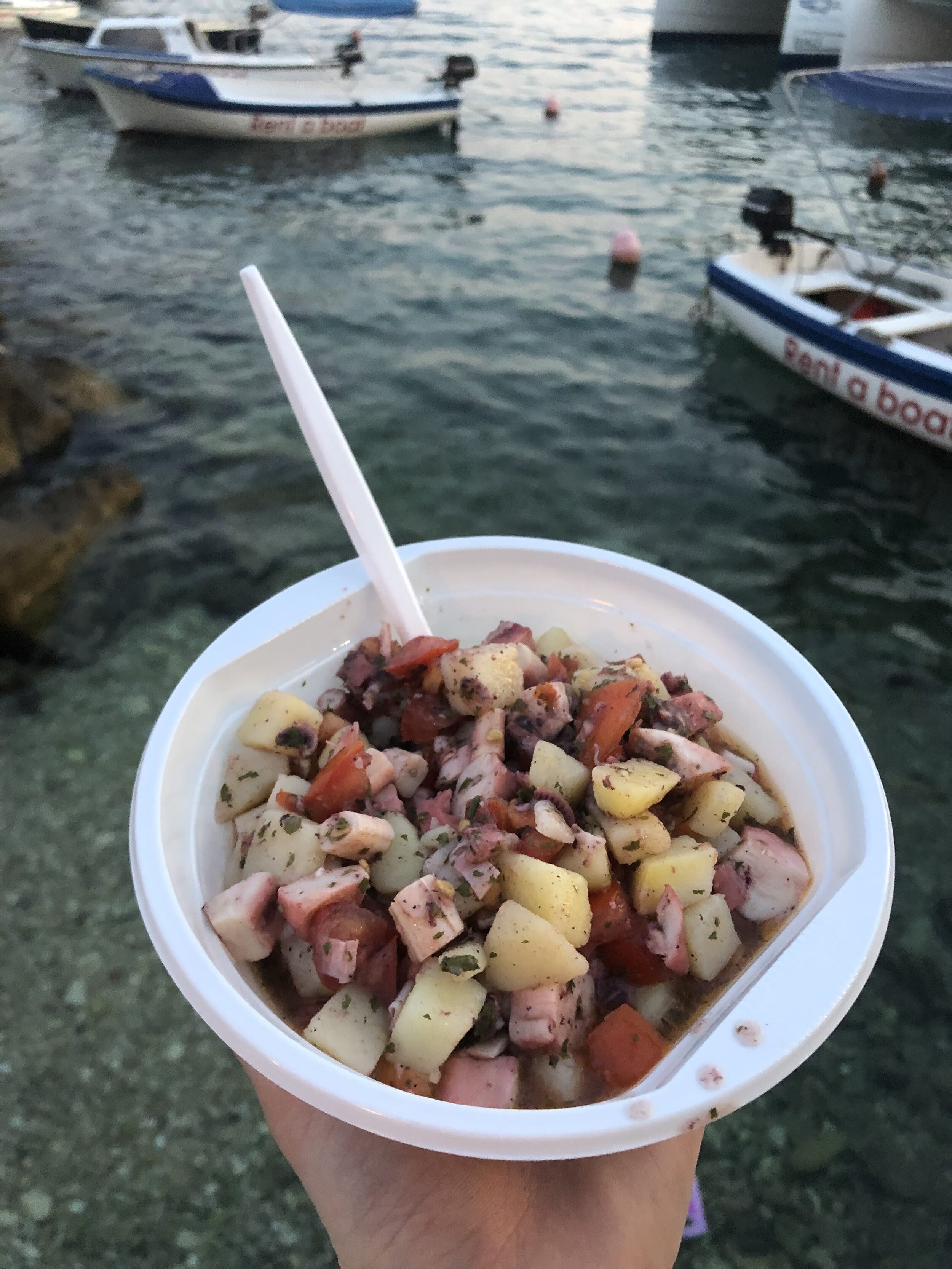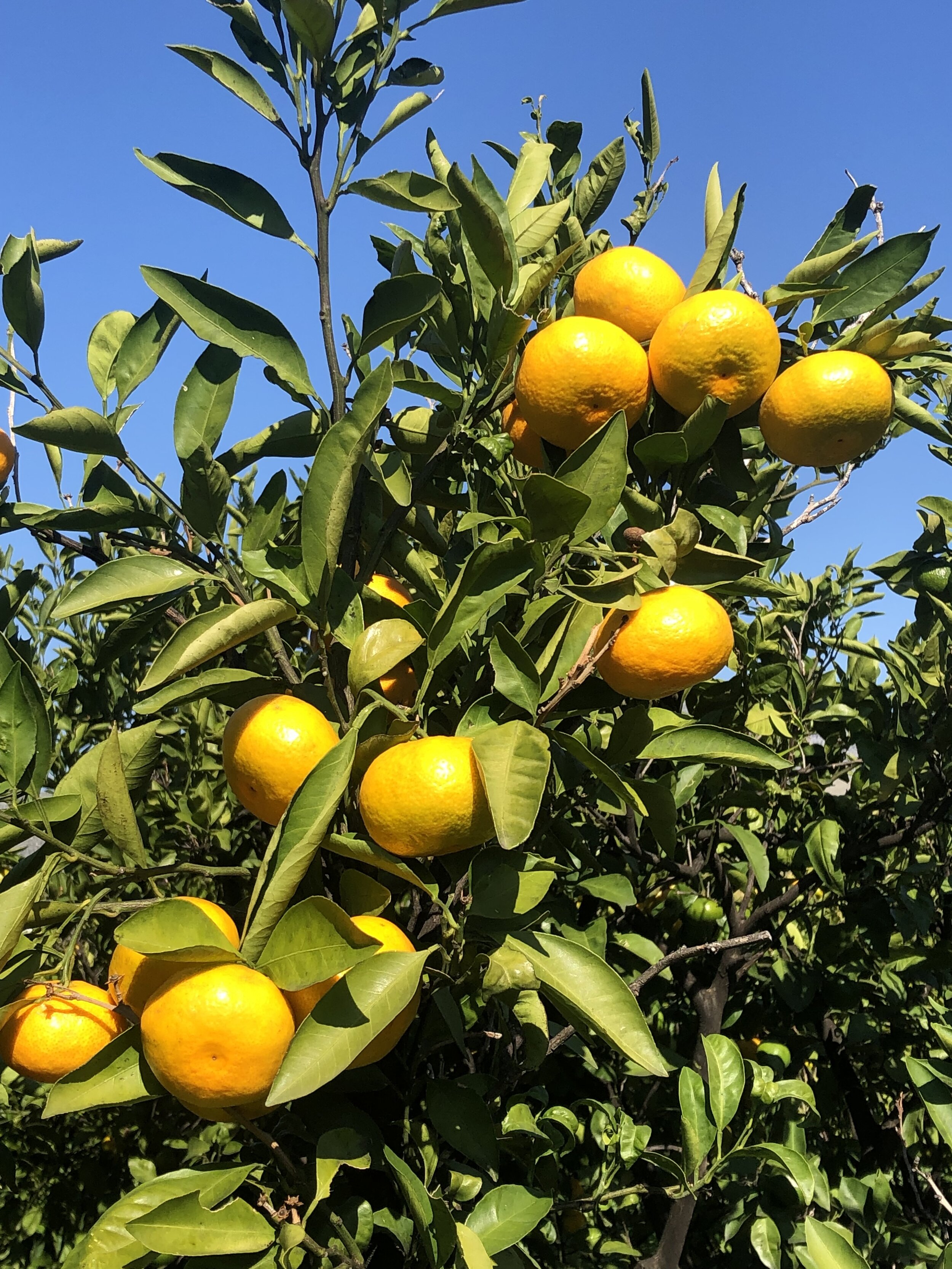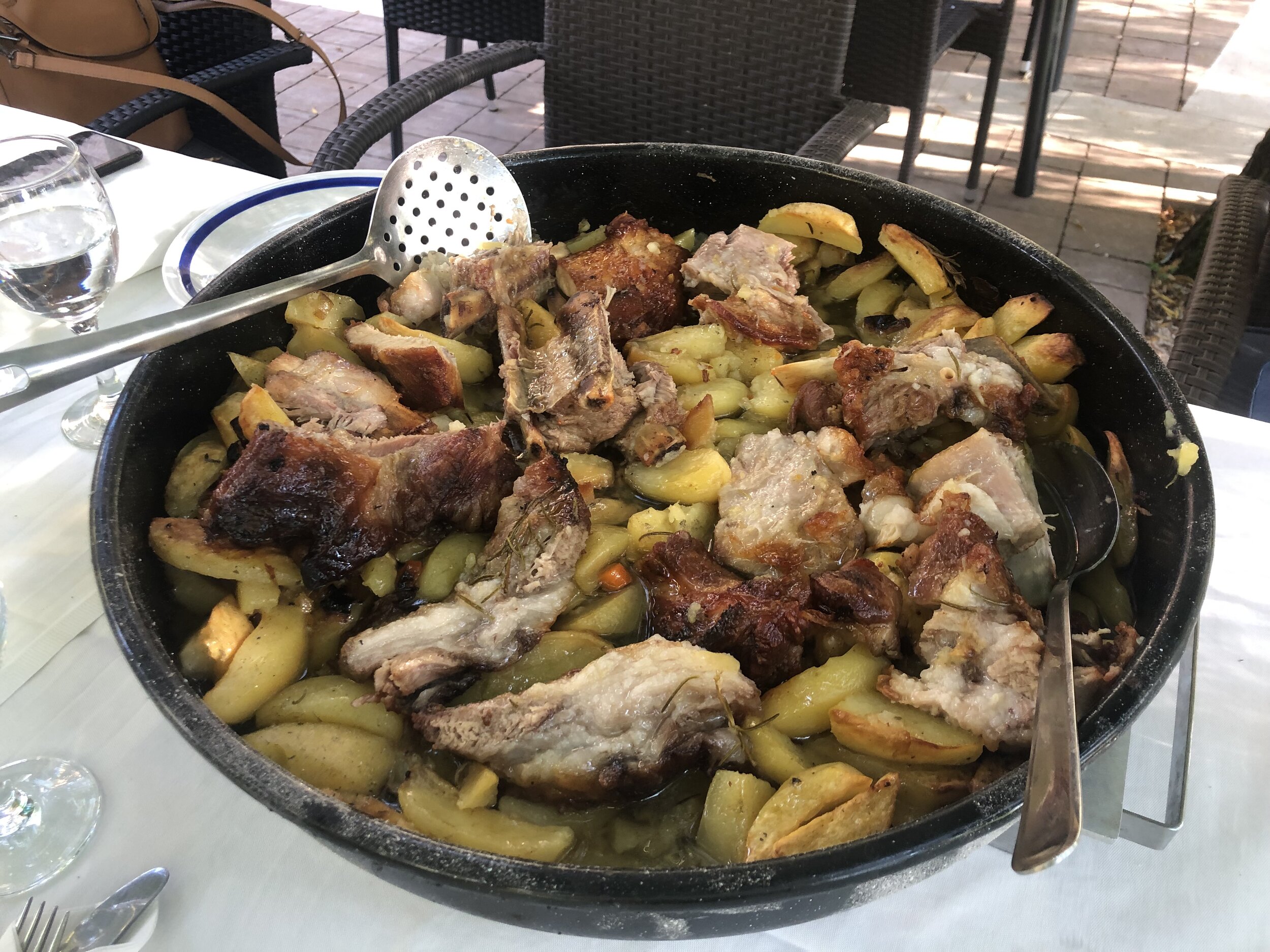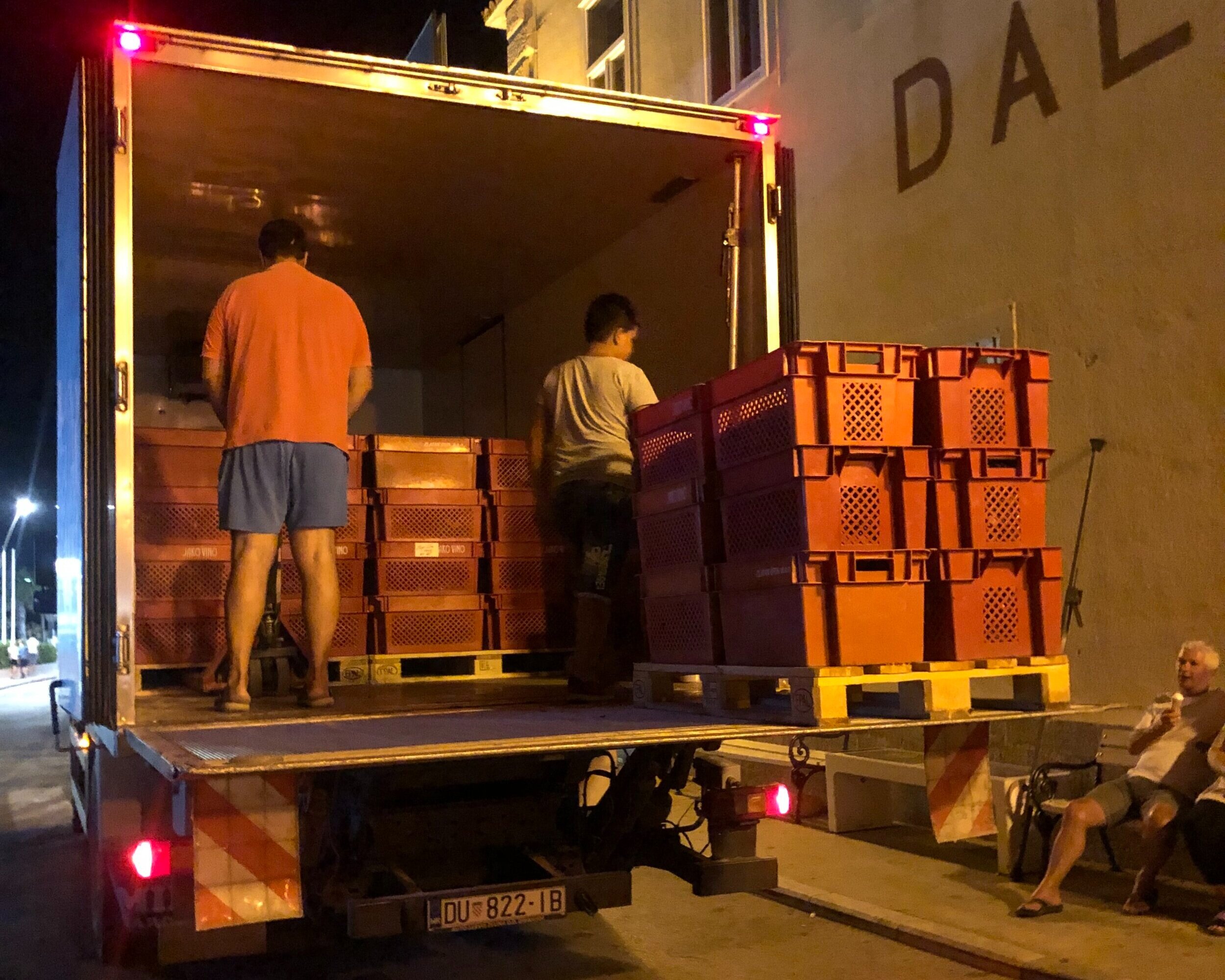American in Croatia: A 2019 Harvest Experience
By Samantha Foxworthy // June 14, 2020
I read the books, attended the classes, tried all the wines my twenty-something-year old hands could find (not much) and even earned my B.S. in Wine and Viticulture. And while these invaluable (and expensive) endeavors shaped my career goals, my palate, and, generally, my identity, no class, no lecture, and no trade show could prepare me for the wine world like that of a crush.
A harvest internship, sometimes dubbed vintage, crush, or as many of those who have committed to such an undertaking: those 2-3 months when you barely sleep, experience back pain and finger soreness, but more importantly have a great time trying some of the best wines a given region has to offer. For most in the wine industry, working a harvest is a unique and eye opening experience, not only for those pursuing careers in wine production, but for sommeliers, salespeople, critics, viticulturists, and pretty much anyone attempting to learn more behind the pretty bottle and the glass swirling.
My Wine Harvest World Tour brought me to Napa Valley’s St. Helena and New Zealand’s Pinot Noir capital, Central Otago. As I rounded out these journeys I had my heart set on working a season in Europe. What better place to learn about wines than the cultural and biological epicenter of modern wine itself?
As you know, “Europe” is a sizeable continent, with an immense variety of wine styles and grapes, and one that goes far beyond the fairytale ethos of rolling hills, castles, and attractive men on mopeds. Honing in what country, region, and AVA to position myself in was ultimately guided by my desire to toil with unique, indigenous grape varieties and to work within a wine community holding strong ancestral connections while also embracing new world approaches, this is Croatia.
Due to a number of brief vacations and my growing up in a Croatian dominant L.A. suburb: San Pedro, I had a handful of experiences with Croatian wines, all of which were promising. It was through these visits and experiences that I became entrenched in the rich wine history of Croatia and was further enticed to join a winery on the island of Brač for their 2019 vintage.
Principally, Croatia is a winemakers dream with 300 geographically designated winemaking areas, the cultivation of 130 indigenous grape varieties, and a 2,400-year winemaking history, summing it up as a wine-lovers paradise (Barnes).
If you favor cooler growing varieties, with higher acidity and elegance look to the Croatian Uplands where you’ll find Pinot Noir, Pušipel (Furmit), and Rizling Rajnski (Rielsing). The Uplands easterly neighbor, Slavonia, is known for its Graševina, Croatia’s most popular white wine, which can be consumed young to showcase its zingy acidity, or aged to perfection to bring out its herbaceous and petrol notes. Or perhaps you prefer Istria, rightfully earning its title as the “The New Tuscany”; Istria boasts the ancient variety Malvazija, a grape variety indigenous to Greece. While Croatia has no shortage of interesting and little known grape varieties, it’s no secret that its southern coast, Dalmatia, is a vacation hotspot, loved by tourists, foodies, and filmmakers. Its Mediterranean climate with hot, dry summers makes it an ideal playground for grapevines as well. Dalmatian wineries have encouraged the introduction of indigenous varieties like Plavac Mali, Tribidrag, and Pošip to a global audience.
One linear attribute among Croatians, which is especially noticeable in the wine industry, is their enthusiasm to share and teach. From weekly open-air markets where you’re encouraged to try local, familial recipes to the wine cellar where I was able to make and try great wines.
Some highlights from my harvest experience include:
1.) Laying out late-harvest Pošip and Plavac Mali on straw screens for drying, which we later foot-stomped in small batches for Prošek production (dessert wine) 2.) Boating to the neighboring island Hvar to retrieve shipments of Plavac Mali with a local boat driver, Ante. These journeys were a favorite because they always included fresh fruits and herbs courtesy of Ante’s garden 3.) The strange looks from on-goers when they noticed a young female forklifting a 2-ton palate of grapes down the boardwalk 4.) Enjoying a glass of wine with the tasting room staff all of whom were born and raised on Brač and took it upon themselves to heighten my Croatian language skills, aka learning all the best cuss words to surprise my boss with the next day.
However, working in a wine cellar is far less romantic and glamorous than one might assume. Much of my workload included hand sorting fruit, deep cleaning tanks, hand washing fruit baskets, and emptying drains. And while this is 70% of the job, the other 30% is magic and includes tasks like cap management, inoculations (if needed), and barreling wine. A common favorite is joining the winemaker on ferment rounds: a daily activity that invites us to individually smell and taste wines to better understand the journey from grape juice to wine. Ferment rounds allow winemakers to notice any off-odors or disparities taking place during the fermentation phase and they give interns the opportunity to pick up on these delicate nuances. Personally, I love ferment rounds because they allow me to understand the differences in vineyard location, how the same variety can posses vastly dissimilar qualities when grown on differing soils, slope positions, and islands.
Coming from a New World background, it was stunning and foreign to observe the ways in which history and tradition permeate every aspect of identity and life in Croatia. The opportunity to work with these families, to hear their stories, get to know their down-to-earth and often times silly personalities, coupled with learning how to make wine from them (and their ancestors) was a priceless experience.
Understandably, this is a difficult period for Croatian businesses that rely on the summer tourist season to bring in a years worth of revenue. Despite the onset of coronavirus restrictions and precautions, many wineries are grateful for their overseas and local consumers who find solace in a glass of wine while facing these uncertain times. Now, more than ever, we can use the power of wine and food, which allow us to reminisce on past adventures and imagine future ones.





